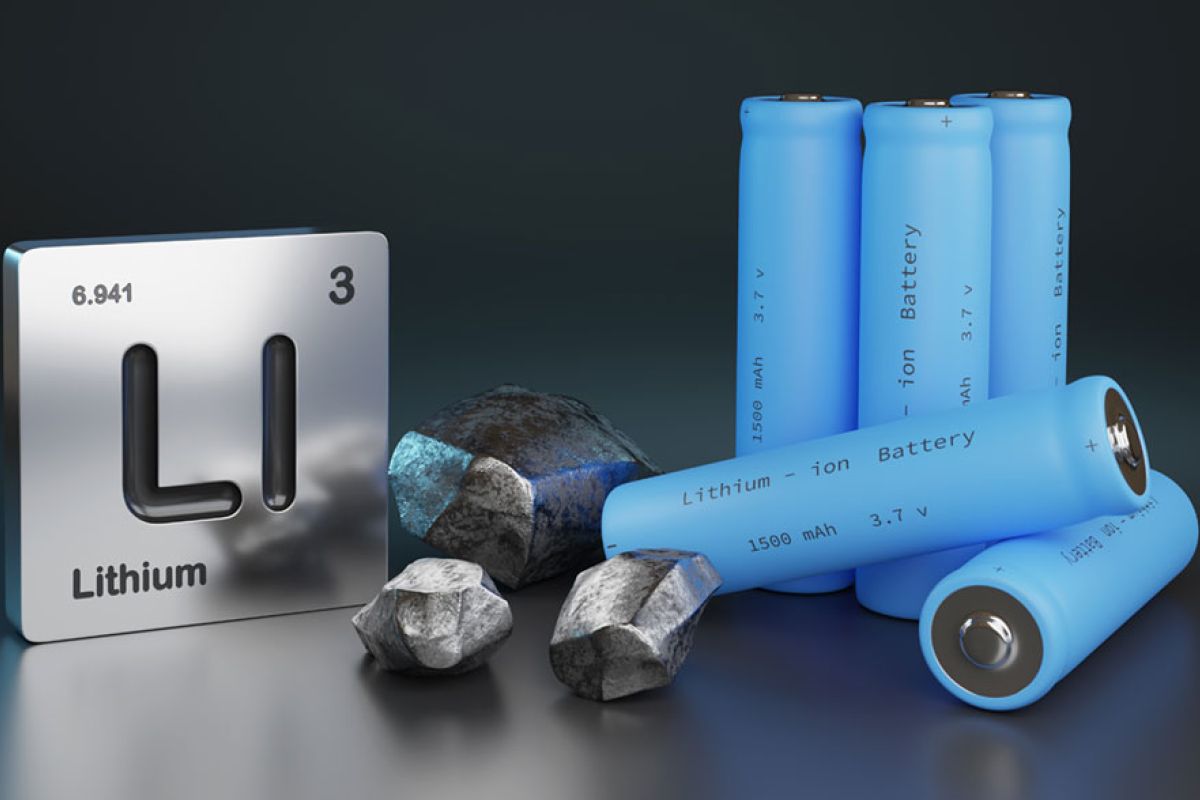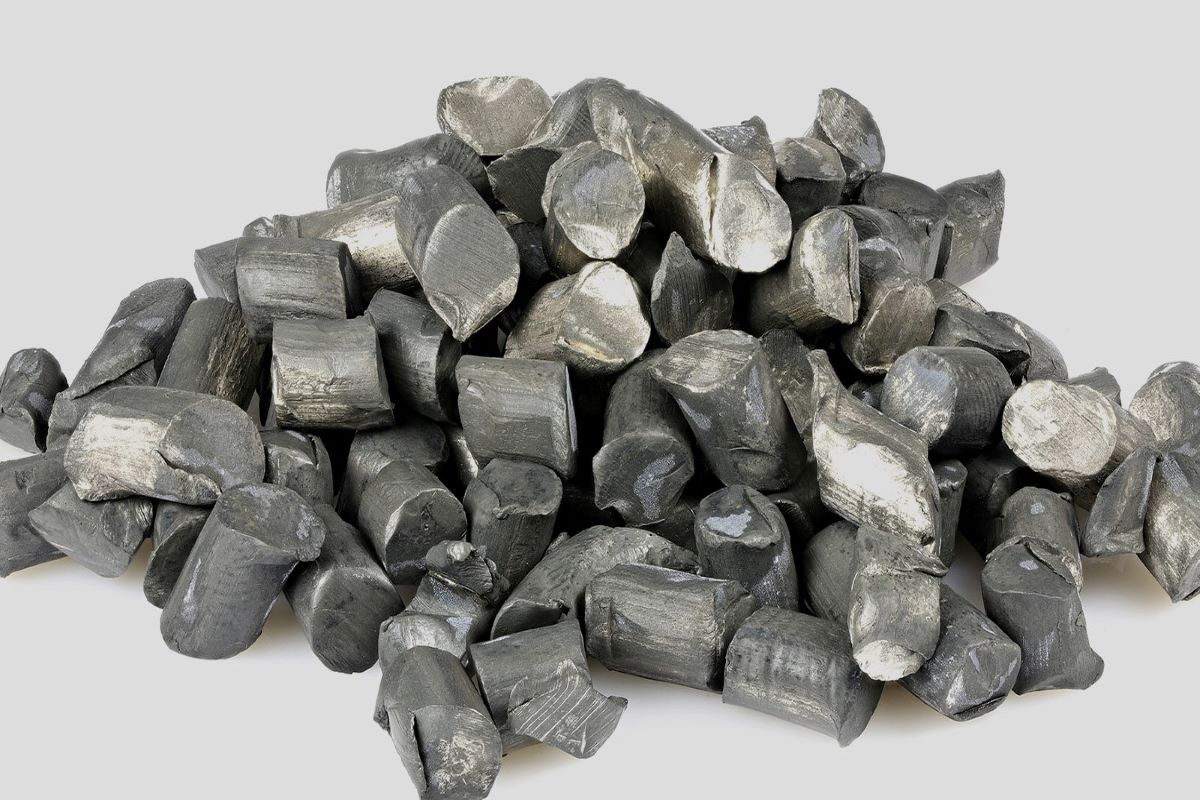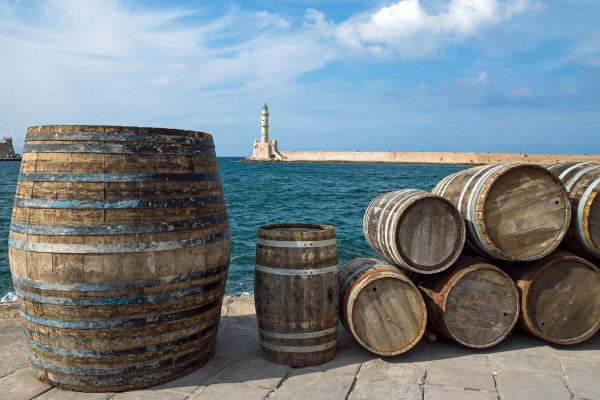It wants to avoid the strategic bidding war between the US and China leaving it without a rising lithium producer and potential copper supplier and excluding it from the development of a sector to which its companies offer goods and services
The boom in mining projects in Argentina has attracted interest on the global energy transition stage. Two events in Buenos Aires highlight that, in the context of the strategic rivalry between the US and China, European countries do not want to be marginalised from the opportunities offered by local mining.
On the one hand, the Global Trade and Innovation Policy Alliance Argentina 2025, organised by the Fundación Internacional Bases and held at Eseade, brought together mining companies and international organisations; on the other hand, the ‘Swedish Mining Initiative’ will hold its second edition on Tuesday, led by the Swedish ambassador, Torsten Ericsson, with the presence of the governor of San Juan, Marcelo Orrego, the National Secretary of Mining, Luis Lucero, executives, academics and international figures such as Henrik Hallgren, programme director of the International Council of Swedish Industry (NIR) and leader of the Eurasia Forum, a think tank based in Stockholm.
Service providers and large equipment companies do not want to be left out of the Argentine mining boom. Ericsson told Infobae that Argentina is a ‘natural and strategic partner’ for Sweden and Europe, due to its combination of reserves, democracy and supply of critical minerals for batteries, turbines and technologies associated with combating climate change. ‘Sweden’s interest in Argentina’s mining development is part of a global context. The world is undergoing an energy, green and digital transition that requires more and more critical minerals, such as lithium, copper and rare earths,’ said the diplomat, highlighting the complementarity between the two countries in innovation and sustainability.
The growth of lithium
‘Within the Lithium Triangle, Argentina is the favourite destination for large investments due to its comparative advantages,’ said Manuel Giménez Zapiola of Eramet, a French mining company and the world’s largest manganese producer, which began producing lithium at the end of 2024 and chose Argentina for this purpose. The executives highlighted the gap between expectations and current results. Both Giménez Zapiola and Ignacio Celorrio, an executive at Lithium Argentina, clarified that for now, ‘the scenario is more about potential than leadership.’
A common demand was for better infrastructure to sustain the sector’s growth and coordination between the provinces and the national government. ‘We need infrastructure for lithium: roads, freight trains, efficient energy transport,’ said Giménez Zapiola. Some of the mining projects in the NOA, he explained, are powered by their own equipment, a challenge that increases capital requirements.
Another topic discussed was China’s dominant role in global mining. ‘Europe has become increasingly dependent on renewable energy produced by China since the war in Ukraine,’ said Bulgarian Ventsislav Benov, CEO of Arc Fund, a European investment fund that finances ‘sustainable’ energy projects. Europe, he said, is seeking to diversify its sources of raw materials, turning its attention to Latin American partners such as Argentina and promoting investments that meet industrial needs and environmental and social requirements.
According to data provided by Cecilia Domínguez of the Argentine Chamber of Mining Companies (CAEM) at the Eseade event, local lithium production is expected to exceed 130,000 tonnes of lithium carbonate (LCE) equivalent this year, 75% more than the 74,600 tonnes produced in 2024. This rapid growth positions Argentina as a rising player on the global lithium scene
Domínguez, head of sustainability at CAEM, pointed out that there are seven lithium projects in production in Argentina, which are of great regional importance, especially in the NOA, where the mineral accounts for between 40 and 80% of exports,” she said.

From the country with ‘a thousand years of mining history’…
The institutional and environmental focus stands out in the Swedish Mining Initiative, whose second meeting will be held this Tuesday at the Faena Hotel in Puerto Madero. Ericsson, the Swedish ambassador, outlined three areas of cooperation for his country: the contribution of leading mining technology companies – such as Volvo Trucks & Buses, Hitachi Energy, Uddeholm, Epiroc and Scania – advice on environmental ‘best practices’ and the training of talent under what he calls the ‘triple helix model’ of collaboration between the state, the private sector and academia.
‘Sweden has more than a thousand years of mining history and today our mines serve as testing grounds for new technologies. For example, initiatives are currently underway to develop ways to produce steel commercially without fossil fuels, and that experience could be very useful for Argentina as it moves towards cleaner mining,’ Ericsson said. In fact, the Swedish event will include panels on tailings management, heavy freight transport, energy efficiency and water sustainability, with contributions from the Luleå Institute of Technology and the Stockholm Environment Institute.
… to the ‘mining country of the future’
‘Argentina is a mining country of the future. The task of developing the sector is a challenge and a cost in the short term, but also a huge opportunity to position itself as a reliable and sustainable partner in global mineral value chains,’ said Henrik Hallgren in response to questions from this media outlet. ‘It is one of the most interesting mining countries in the world due to the active promotion of projects and the underdeveloped resources in copper and other critical minerals,’ he emphasised. Investment stability and public policies that articulate permits, sustainability and support for companies are very important, he said.
‘The issue of stability is crucial, because financing is needed not only for mine development, but also for key support infrastructure: transport, electricity, water, connectivity,’ emphasised the expert, who acts as a link between the government and Swedish industry.
Regarding Argentina’s strategic positioning in the geopolitical struggle between the US and China, Hallgren pointed out: ‘The strategic choice is not between competing external powers, but between short-term benefits and long-term development. European demand for raw materials and its mining and industrial knowledge can cover a large part of Argentina’s needs without the country tying itself to a single bloc.’





